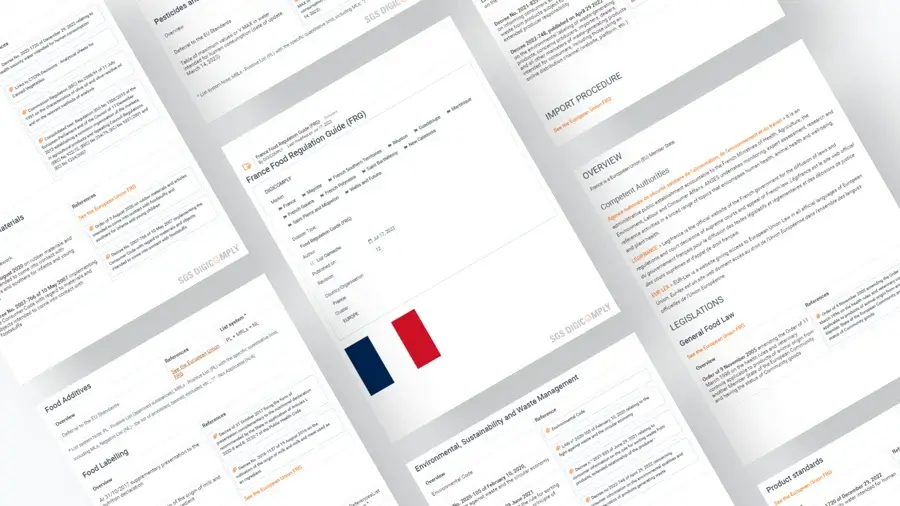What is National Oceanic and Atmospheric Administration (NOAA) - Seafood Inspection Program
The National Oceanic and Atmospheric Administration (NOAA) plays a crucial role in ensuring the safety, quality, and sustainability of seafood in the United States through its Seafood Inspection Program. This program, which has been operational since the mid-20th century, is designed to provide consumers with confidence in the seafood they purchase while supporting the fishing industry through regulatory compliance and market access.
Objectives of the NOAA Seafood Inspection Program
The primary objectives of the NOAA Seafood Inspection Program are to:
- Ensure Food Safety: The program establishes rigorous standards for the inspection of seafood products to prevent contamination and foodborne illnesses.
- Enhance Quality: By implementing quality assurance measures, NOAA aims to maintain high standards in seafood products, thus improving overall consumer satisfaction.
- Support Sustainable Practices: The program emphasizes sustainable fishing practices to protect marine ecosystems and ensure the long-term viability of fish populations.
- Facilitate Market Access: Through certification and compliance, NOAA helps seafood producers access both domestic and international markets, promoting economic growth.
Key Components of the Program
The Seafood Inspection Program encompasses several key components that collectively contribute to its effectiveness:
- Voluntary Inspection Services: Seafood producers can choose to participate in the inspection program to receive certification. This voluntary service includes inspections of processing facilities, product testing, and labeling verification.
- Quality Assurance: NOAA employs a set of scientifically backed quality assurance standards that seafood products must meet. These standards cover aspects such as freshness, texture, and flavor, ensuring that only high-quality seafood reaches consumers.
- Hazard Analysis and Critical Control Points (HACCP): The program mandates that seafood processors implement HACCP plans to identify potential hazards in the seafood production process and establish control measures to mitigate risks.
- Training and Education: NOAA provides training resources for seafood industry professionals, helping them understand regulatory requirements and best practices for food safety and quality management.
Impact on the Food Industry
The NOAA Seafood Inspection Program has significant implications for the food industry, influencing various sectors from production to retail.
Improving Consumer Confidence
Through rigorous inspections and quality assurance measures, the program fosters trust among consumers. When seafood products bear the NOAA seal, it signifies adherence to high safety and quality standards, encouraging consumers to choose inspected products over non-verified alternatives.
Enhancing Export Opportunities
For U.S. seafood producers, compliance with NOAA standards is often a prerequisite for exporting products to international markets. Many countries require certification from recognized bodies, and NOAA's program helps facilitate this process, allowing American seafood to compete effectively on the global stage.
Supporting Sustainable Fishing Practices
Sustainability is a central tenet of the NOAA Seafood Inspection Program. By promoting sustainable fishing practices, the program helps to protect marine ecosystems, ensuring that fish populations remain viable for future generations. This commitment not only benefits the environment but also enhances the long-term profitability of the seafood industry.
Economic Benefits
Participation in the NOAA Seafood Inspection Program can lead to increased sales and profitability for seafood businesses. By meeting the high standards set forth by NOAA, producers can differentiate their products in the marketplace, often commanding higher prices and attracting a more discerning customer base.
Challenges and Future Directions
While the NOAA Seafood Inspection Program has made significant strides, it faces challenges that must be addressed to maintain its effectiveness:
- Technological Advancements: As seafood production methods evolve, the program must adapt to incorporate new technologies and practices that enhance safety and quality.
- Consumer Awareness: Increasing public awareness about seafood safety and sustainability issues is critical. NOAA must continue to educate consumers about the importance of choosing inspected products.
- Global Competition: As the seafood market becomes increasingly competitive, maintaining the program’s relevance and credibility in the face of international standards is essential.
Conclusion
The NOAA Seafood Inspection Program is a vital component of the U.S. seafood industry, ensuring that consumers receive safe, high-quality products while supporting sustainable practices and economic growth. As the industry continues to evolve, NOAA's commitment to excellence and innovation will be crucial in addressing emerging challenges and maintaining the integrity of seafood supply chains.





